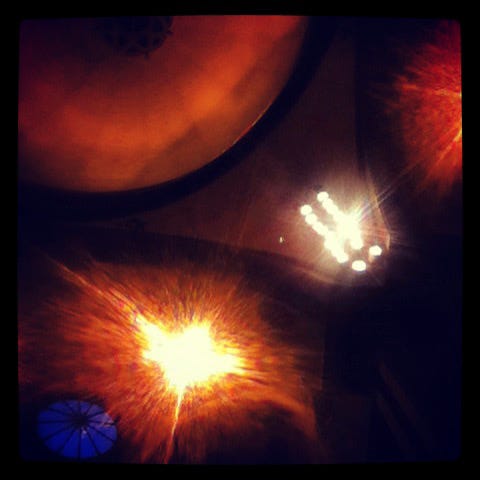“A…M…O…T…and I think that’s a W and then a V…no, a U. Maybe?”
I strained to read the letters of the Snellen chart on the far wall of my optometrist’s office while she shone a light into my right eye from a few inches away.
“Huh,” she said quizzically, pushing back from me on her whee…




